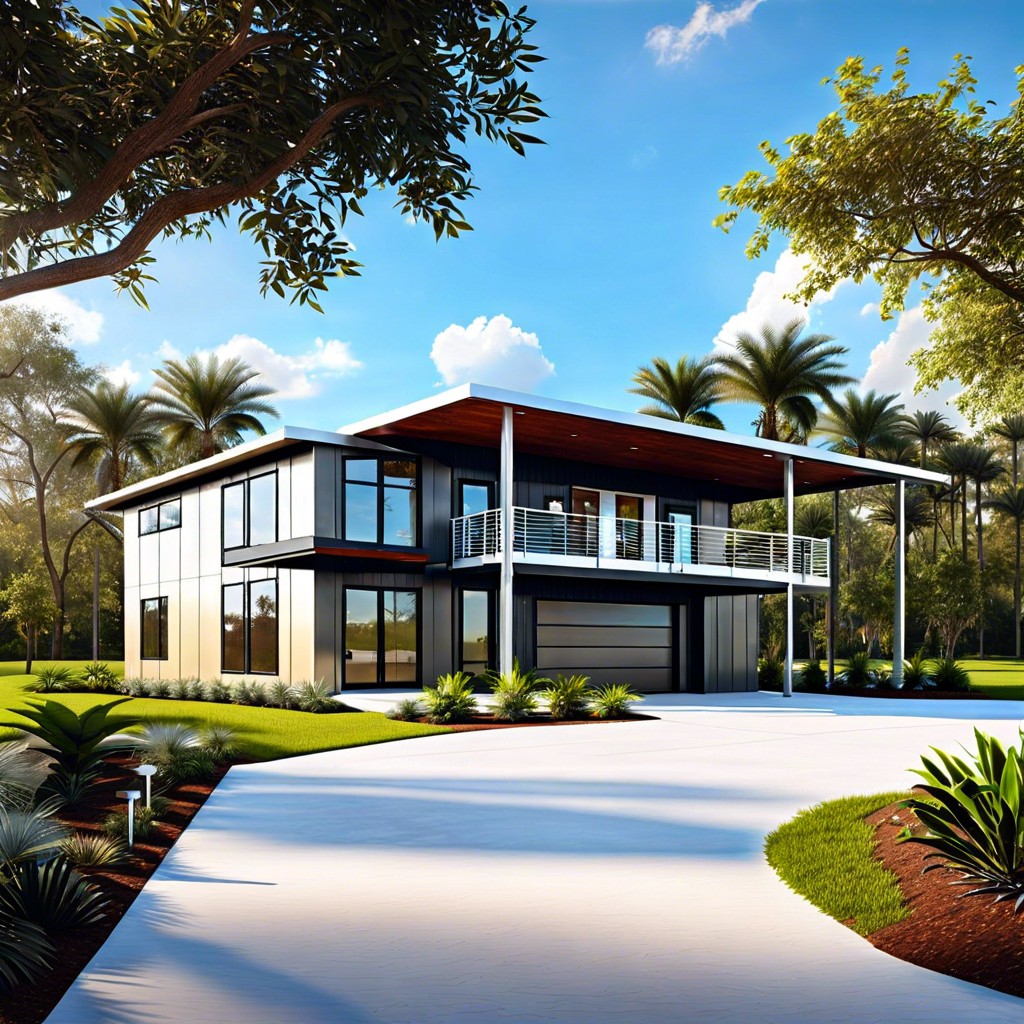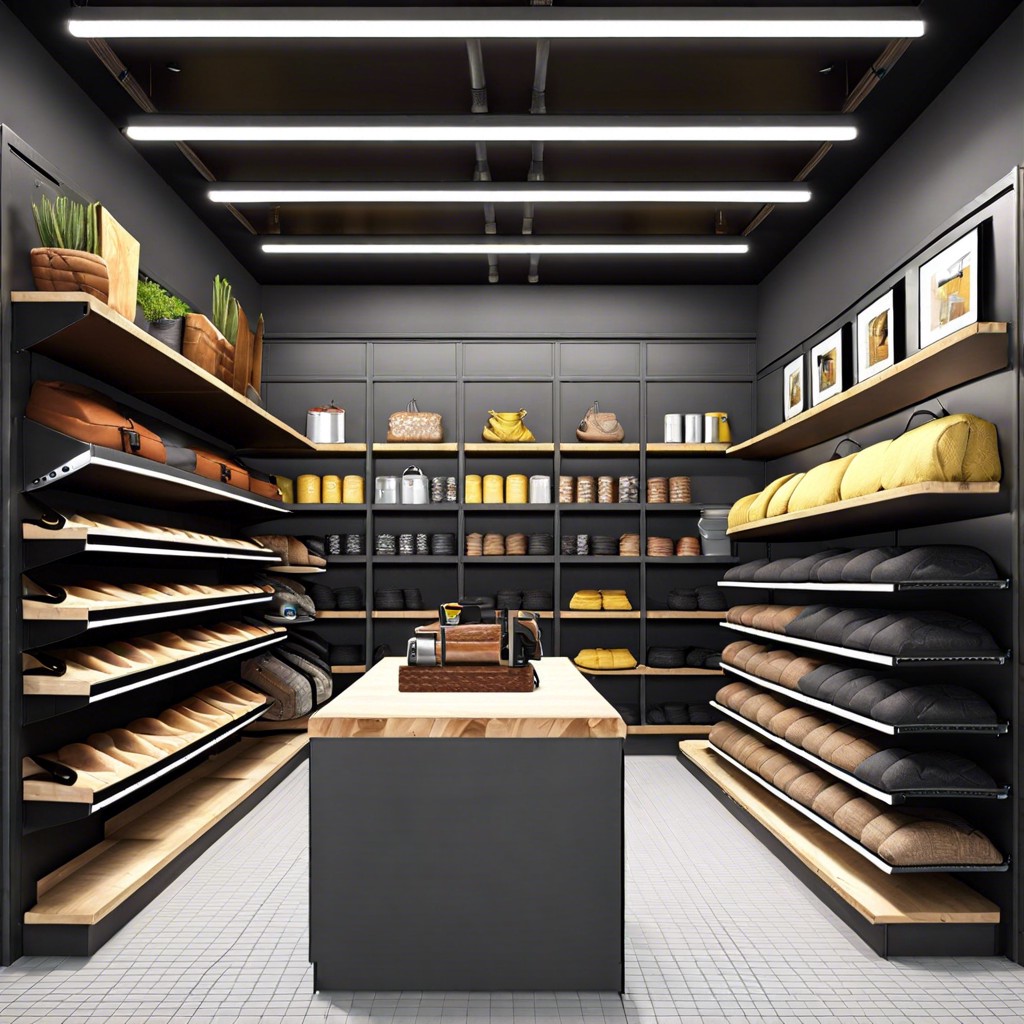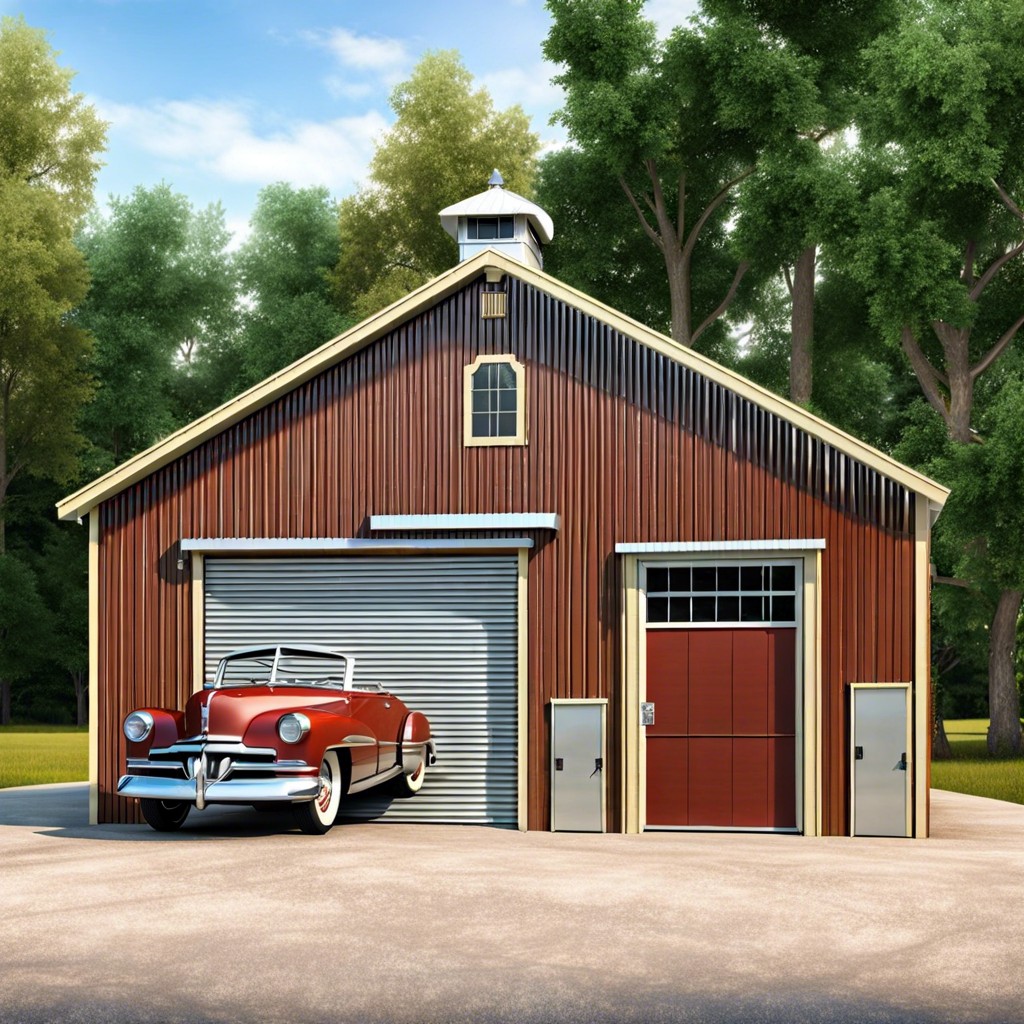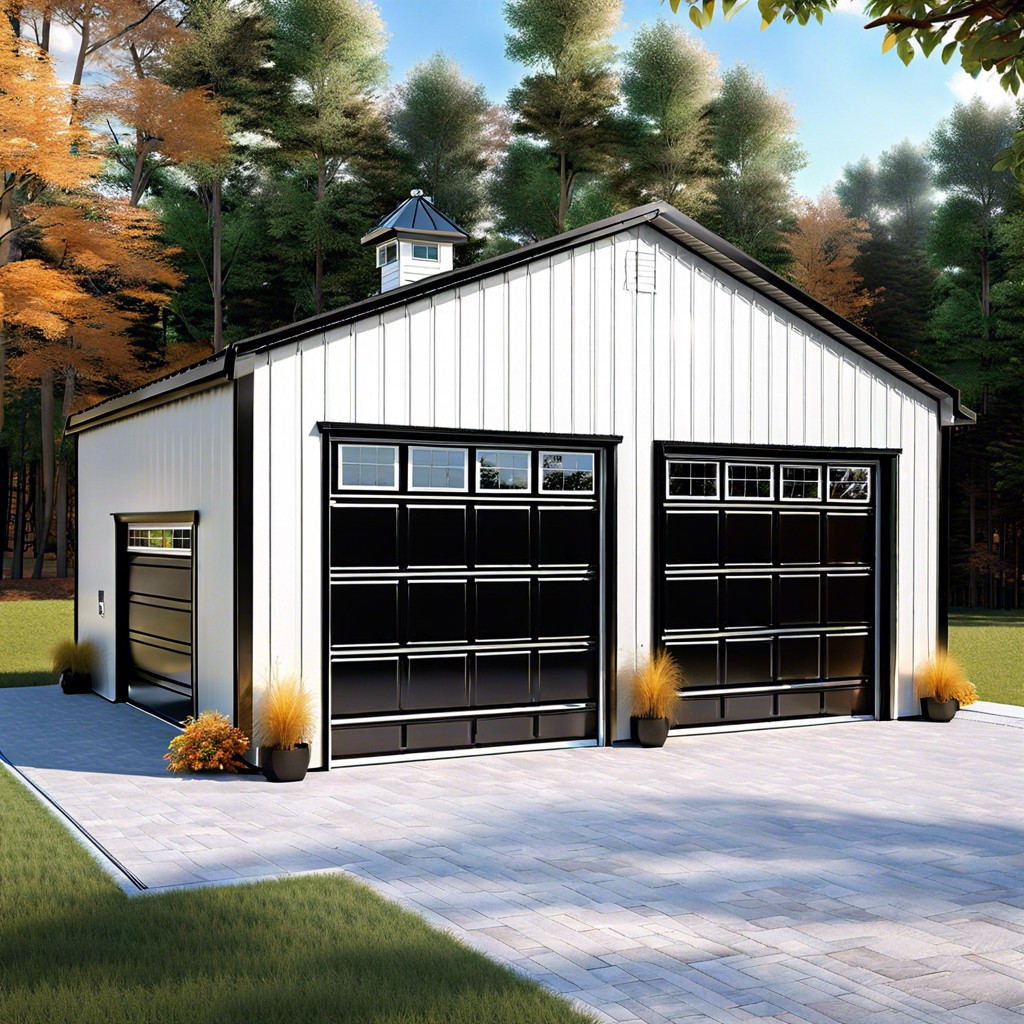Learn how to choose the perfect ridge cap metal for your building project to ensure long-lasting protection and style.
Key takeaways:
- Choose the right type for your roof needs.
- Material affects durability and installation ease.
- Accurate sizing prevents leaks and awkward fits.
- Color choice influences aesthetics and heat absorption.
- Regular maintenance extends lifespan and functionality.
Types of Ridge Caps
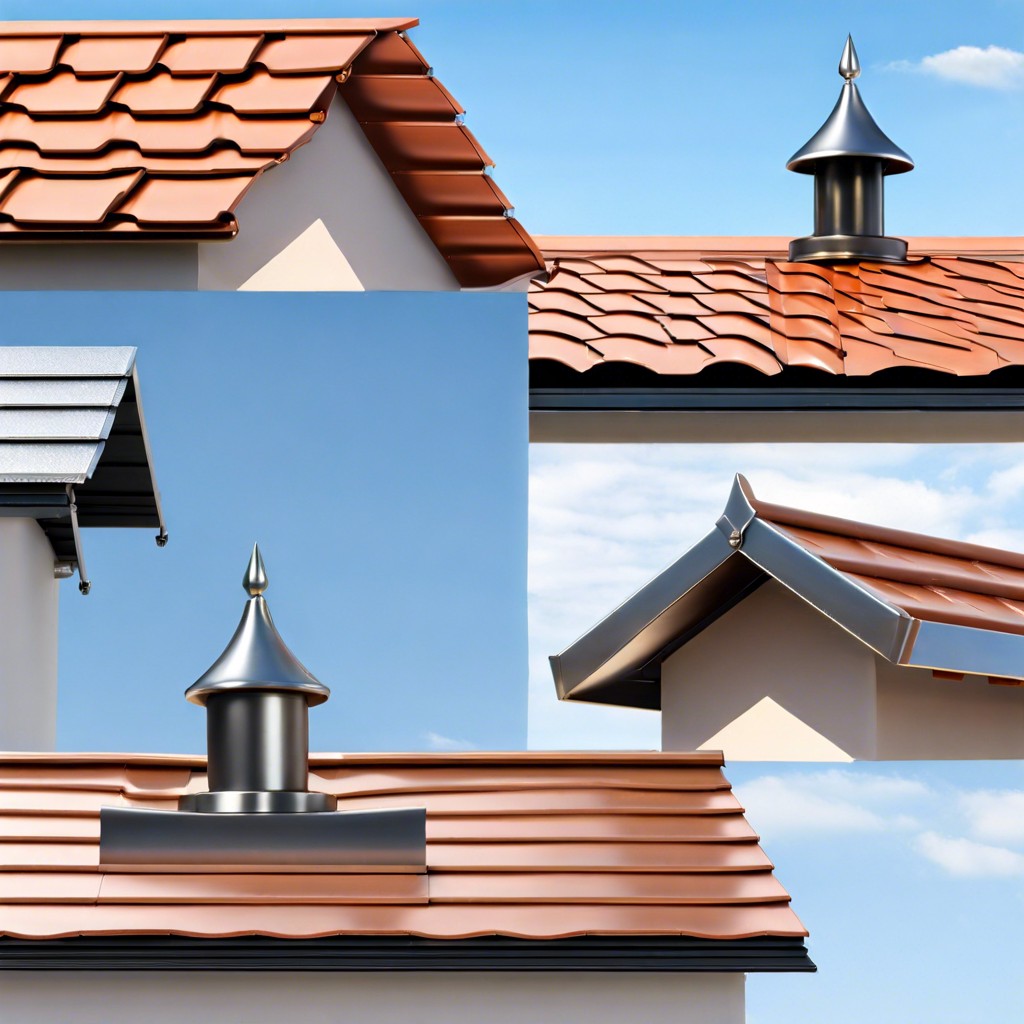
Metal ridge caps come in a few distinct flavors, each designed to keep your roof snug as a bug in a rug. First up, we’ve got the standard ridge cap. This one’s your basic, all-purpose cap, ideal for most metal building roofs.
For those who aren’t fans of water finding its way where it shouldn’t, there’s the vented ridge cap. It features small perforations that allow for ventilation, helping to prevent moisture build-up—super handy in humid climates.
Last but definitely not least, you’ve got the closure ridge cap. This one’s got extra sealing power, designed to fit more snugly against the roof panels. It’s perfect for weather-prone areas where you want that added layer of protection against sneaky drafts and pesky leaks.
Material Choices
Metal ridge caps come in a variety of materials, each with its own perks and quirks, like your quirky uncle who can fix anything but always slips on soap.
Galvanized steel is a popular choice due to its durability and resistance to rust. It’s like the superhero of metals, standing strong against the elements. However, it can be a bit of a heavyweight, requiring sturdy support.
Aluminum is the lightweight champion. Easy to handle and rust-resistant, it’s perfect for those who prefer a fuss-free installation. But remember, it’s not as tough as steel, so think twice if you’re in an area with extreme weather.
Stainless steel brings a sleek, polished look. It’s durable and rust-resistant like galvanized steel but with a bit more shine. Think of it as the James Bond of ridge caps—strong, stylish, and dependable.
Finally, copper adds a touch of elegance and ages beautifully into a green patina over time. It’s the fine wine of metal choices, getting better with age and giving your building a unique, sophisticated look.
Sizing and Fit
One size does not fit all – trust us, you don’t want a ridge cap that’s too big, too small, or just plain awkward. When selecting the correct size for your metal building, measure the ridge line accurately. Precision ensures a snug fit, keeping the elements out and your structure sound.
Consider the pitch of your roof. Different pitches require different ridge cap dimensions to ensure a tight seal. Standard ridge caps might be perfect for gentle slopes, but steeper roofs might need custom solutions.
Overlap matters too. Ensure your ridge cap overlaps the roof panels adequately. This overlap is your first line of defense against leaks. Typically, a 6-inch overlap is recommended for most applications, but always poke your nose into the spec sheet provided by the manufacturer.
Lastly, remember that trim pieces should blend seamlessly with the rest of the structure. An ill-fitting ridge cap sticks out like a sore thumb, or worse – a poorly styled toupee. So, measure twice, fit once, and keep your building looking sharp and protected.
Color Options
When it comes to picking a hue for your ridge cap, you’re in for a treat. Most manufacturers offer a smorgasbord of color options, allowing you to match or complement your roof and building exterior with ease. Here are some key points to consider:
Matching your roof color ensures a seamless look, making your ridge cap blend right in like a chameleon on a leaf.
Contrasting colors can add some pizzazz and accentuate architectural details, perfect for those who like to make a statement.
Think about your environment. Light colors reflect heat, which can be a lifesaver in hot climates, while darker shades absorb warmth, ideal for cooler regions.
Some colors may be more susceptible to fading over time. Choosing high-quality paint finishes can keep your ridge cap looking sharp for years.
Custom colors may be available if you’re channeling your inner Picasso, but be prepared to fork out a few extra bucks.
Happy color hunting and remember, your ridge cap deserves to look fabulous too!
Installation Tips
Measure twice, cut once. That’s the golden rule. Starting off, make sure your ridge cap is the correct length for your roof. It’s like measuring your waist before buying pants—critical for a snug fit.
When you’re placing the ridge cap, ensure it’s centered atop the roof seam. Imagine trying to balance on a tightrope; you want equal coverage on both sides.
Use fasteners designed for metal construction. Think of them as the unsung heroes of your installation. They prevent leaks. Also, remember to space them evenly, about every 12 to 16 inches, to maximize stability.
Sealing the gaps underneath the ridge cap is crucial. Think of it as caulking the cracks in a window—keeps the drafts out. Use a quality sealant or foam closure strips to ensure a watertight seal.
Finally, work safely. Secure footing and a buddy to hold the ladder not only make the job easier but also keep you from becoming an accidental acrobat.
Cost Considerations
When it comes to budgeting, the wallet often does the talking. First and foremost, the material of your ridge cap will significantly affect the price tag. Premium materials like galvanized steel or aluminum will set you back more than basic metal options.
Additionally, consider the length and width of the ridge cap. Larger measurements inevitably mean higher costs. In this case, size really does matter.
Pre-painted ridge caps might look stunning but come at an added cost. Sometimes, beauty isn’t cheap.
Labor costs, if you’re not doing it yourself, also factor in. Professional installation is convenient but not necessarily budget-friendly.
Lastly, don’t forget shipping fees, especially if you’re ordering from afar. Heavy metal can be a heavy expense when it comes to delivery.
Maintenance and Longevity
Regular maintenance of your ridge cap can drastically extend its lifespan. Just like a teenager’s room, it needs a little bit of attention to stay in top shape.
Firstly, keep an eye out for debris. Twigs, leaves, and other gunk love to snuggle into crevices, potentially trapping moisture. Clear it out every now and then.
Rust is the villain of any metal structure. Inspect your ridge cap for any signs of rust. If you spot any, address it immediately with a rust inhibitor or a coat of paint designed for metal roofs.
Fasteners are the unsung heroes holding everything together. Check them routinely. Loose screws can lead to leaks and other headaches. Tighten or replace them as needed.
Don’t forget about cleaning. A gentle wash with water and a non-abrasive cleaner can prevent dirt buildup and keep the cap gleaming.
Lastly, weatherproofing measures can degrade over time. Reapply sealant if you notice wear and tear. A little upkeep today means fewer problems tomorrow.
Recap
